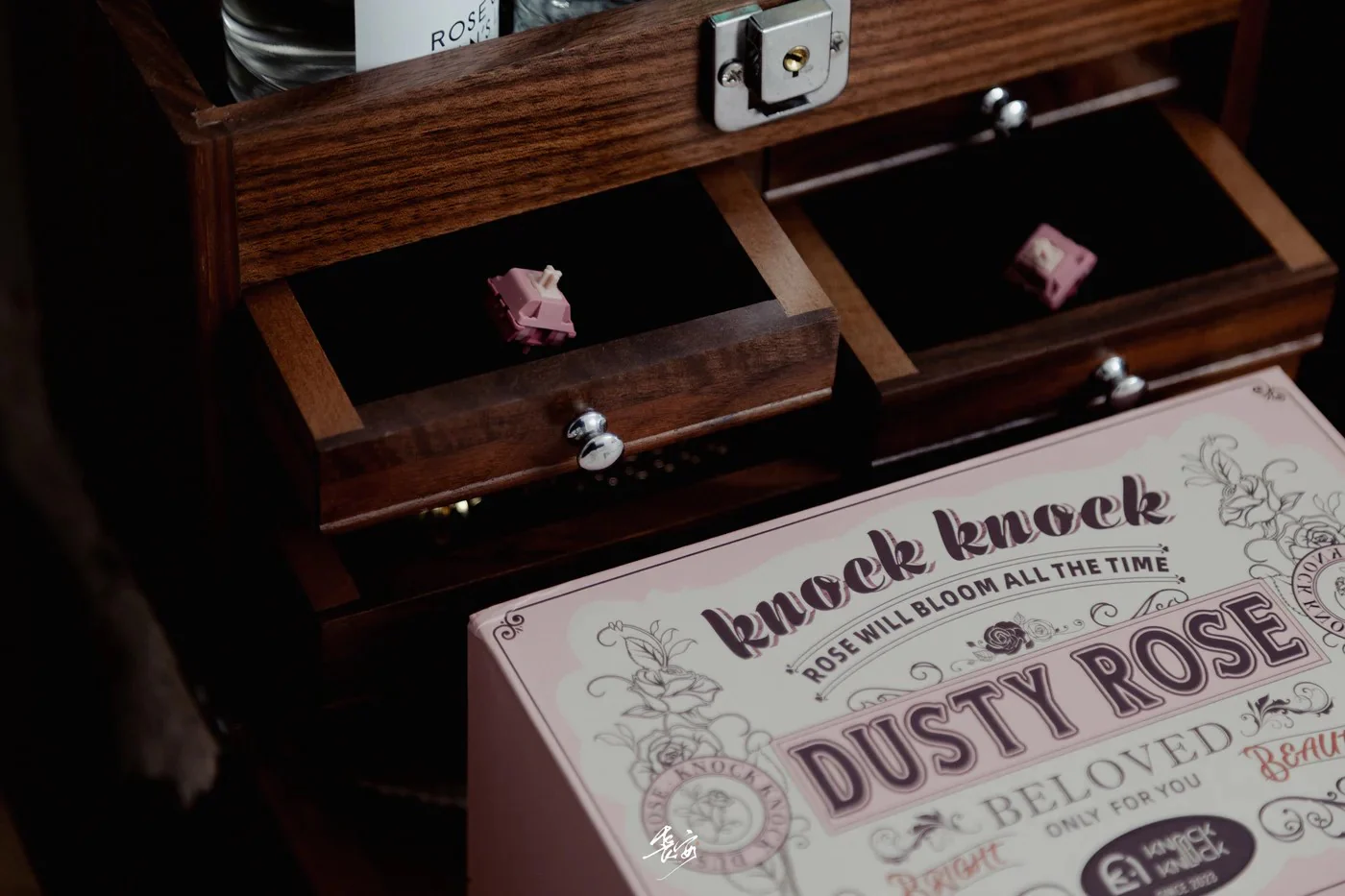
Thocky Switches Do Not Exist!
Thocky Switches Do Not Exist
If you’ve spent a minute in the mechanical keyboard community, you’ve probably heard the term “thocky”. It’s the keyboard sound many enthusiasts look for—that deep, satisfying clack that resonates with every keystroke. The pursuit of the ultimate “thock” has fueled countless hours of switch modding, case dampening, and keycap swapping. But here’s the hot take: thocky switches do not exist.
Wait wait. Don't close the article just yet. Hear me out.
The Myth of the "Thocky Switch"
When people talk about “thocky switches,” they often imply that there’s a magical switch out there—ready-made and factory-tuned—that will deliver the deep, resonant, and vibrant sound they crave. The reality? No switch alone can produce the perfect “thock.” The sound of your keyboard is the result of a symphony of factors, and switches are just one instrument in the orchestra.
What Makes the "Thock"?
Achieving that signature sound involves multiple components:
-
Case Material: The case is the stage for your keyboard’s acoustics. Plastic cases, especially ABS or polycarbonate, tend to absorb higher frequencies, allowing for deeper sounds. Metal cases, on the other hand, may produce a sharper, brighter tone. However, if your aluminum keyboard comes with a copper or brass weight or mid-piece, it does help "calm" the keyboard down and produce a more balanced sound profile.
- Foam: Foam is a key ingredient in creating a thocky, foamy sound profile. The combination of poron plate foam, poron case foam, and PE or IXPE under-switch sheet filter out unwanted noises and amplify the desired deep, solid, and medium pitched bottom out sound. Thus creating a so called thocky sound.
-
Switch Housing and Stem: Long pole switches that come with softer housing and stem materials tend to sound more "thocky", or deep, low-pitched, yet not quiet. A few great examples are BSUN Maple Sugar switch, BSUN Sakura switch, HMX Su Color, and Keygeek Y3 switch. All of them come with soft housing, stem or even both to create a lower-frequency sound, however, their impact is limited without other contributing factors.
-
Keycaps: Thicker, high-quality keycaps made from PBT can dramatically alter the sound profile of a keyboard. In most cases, thicker PBT dye-sublimation keycaps are optimal for thocky builds.
-
Mounting Style: A gasket-mounted keyboard, for example, may dampen vibrations, creating a softer and deeper sound compared to tray or top-mounted boards.
-
Lubing and Modding: Lubricating your switches and even changing springs can affect how they sound in a keyboard. Generally speaking, switches would sound deeper and fuller with a bit more lube and lighter springs.
The Science Behind Keyboard Sound
Yes, sound is very subjective, and "Thocky" means something different to everybody. However, it’s also physics, and we could generally grasp what "Thocky" represents in this hobby. The “thock” many enthusiasts chase is a full, bassy, and lower-frequency sound wave that a keyboard creates. As mentioned above, things such as keycap material, keyboard case material, switch materials, and foam etc are all contributing factors to creating such a sound signature.
Choosing Switches Still Matter (A bit)
No single switch can be described as the "best thocky" switch or the "most thocky" switch, but here are a few tips in choosing switches that could help your build becoming more "thocky"
1. Go for switches that are made with softer materials: Materials such as upe, PA12, PA66, and certain LY blends are good for a deep and full sounding build. Thocky switches will have specs that look like this (UPE/POM/LY stem, PA66/POM/UPE/PA12 housing)
2. Materials that confuse you: HMX's T series stems and BSUN's LY, Y3, and Y3X are all upe blends which are good for a thocky build. FYI: don't choose switches that have too much fiberglass in the housing. Avoid HMX's P5, P2, and P3 housing materials.
3. Switch Manufacturers: BSUN and Keygeek are better at making deep and full sounding switches at this stage. HMX has one really deep and full sounding switch which is the Su Color switches (or its re-colors such as Hades V2).
Why This Matters
Switches play a great part in building a thocky keyboard, but there is only so much that a switch can do to contribute to the overall sound. The “thocky switch” myth oversimplifies the complexity of building a mechanical keyboard. Instead of focusing on the endless search for a mythical switch, think about your entire build holistically. Treat your keyboard as a system where every part matters, from the plate material to the type of desk mat you use.
So, What’s the Verdict?
There’s no such thing as a “thocky switch”—at least not in isolation. The “thock” is the result of harmony, not heroics. So, the next time you’re building a keyboard, embrace experimentation. Try different combinations of switches, plates, keycaps, foams, and mods to find the sound that resonates with you. After all, the perfect “thock” isn’t bought; it’s built.
Happy thocking… or clicking… or clacking… however your keyboard sounds, it’s uniquely yours.

alex
could you try do the opposite that’s how to achieve a high pitched clacky build